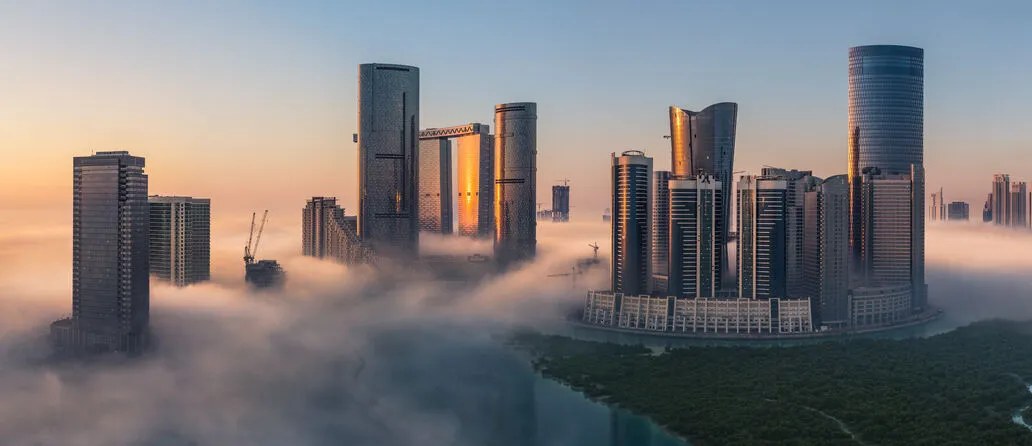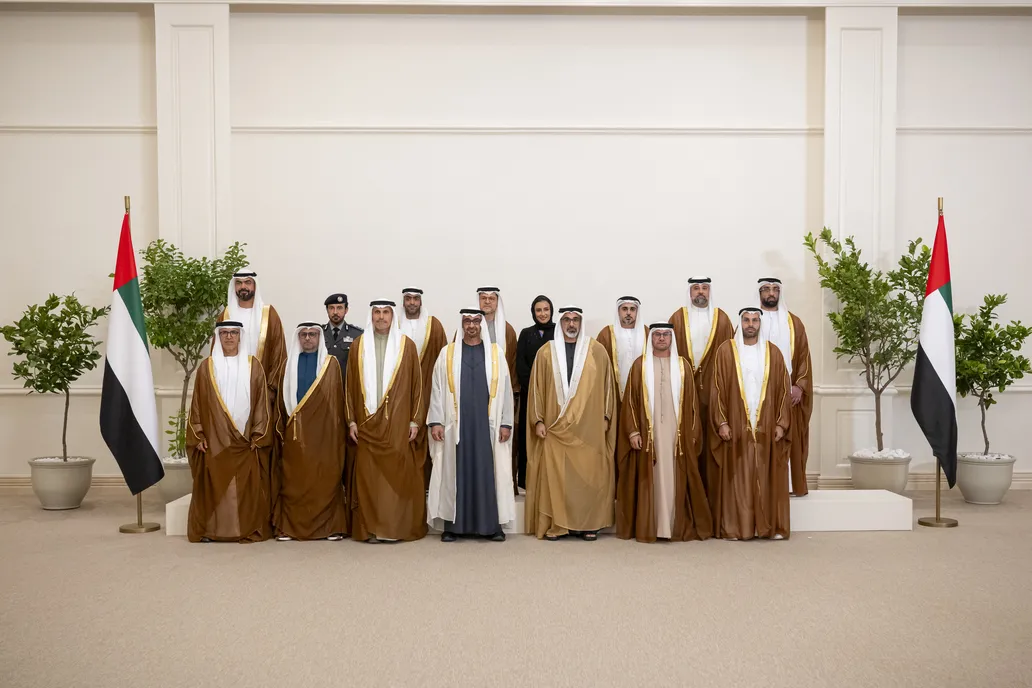Since His Highness Sheikh Mohamed bin Zayed Al Nahyan, President of the UAE, in his capacity as Ruler of Abu Dhabi, established Abu Dhabi Media Office (ADMO) by law in January 2023, ADMO has unified the media ecosystem in the emirate.
Leading Abu Dhabi’s media strategy as an independent entity, ADMO not only aligns the media plans and policies of Abu Dhabi Government entities, it also regulates and licenses media activities in the emirate, including in free zones.
With both the Abu Dhabi Media Network and Creative Media Authority (CMA) under its umbrella, ADMO has forged strategic partnerships with local, regional and international media organisations to further drive the growth of Abu Dhabi’s media sector.
Strengthening ongoing efforts to align media campaigns and strategies across government entities, ADMO approves relevant media plans, overseeing their activation locally and internationally in coordination with relevant entities.
To further enhance capabilities in the media sector, ADMO develops plans, policies and programmes that continue to strengthen media team capacities within government entities, as well as ensuring adherence to brand guidelines to promote Abu Dhabi Government.
Further advancing the growth of creative media in the emirate, ADMO, in coordination with relevant entities and media organisations, provides an enabling environment for creative entities to thrive by supporting private sector companies, in addition to developing initiatives to attract media content and increase its promotion in the emirate.




